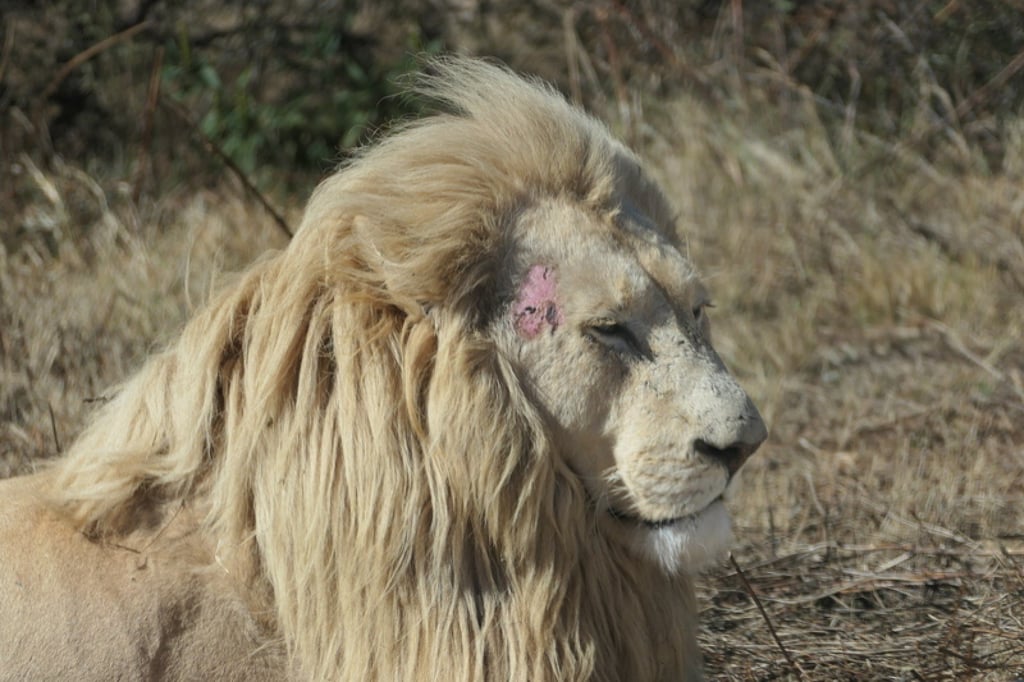The horrific toll of wildlife farming: torture, malnourishment, PTSD and disease, both human and animal
- A recent report says billions of farmed wild animals are being exploited, and kept in terrible conditions, for commercial gain
- Many of these animals are destined for the tourism industry, for petting, riding or ‘hunting’, while others are being exploited for their fur, feathers, or bile

As many as 5.5 billion wild animals are being exploited and kept in cruel conditions, according to a new report by the non-profit organisation World Animal Protection, with many of the most high-profile animals held for the benefit of the tourism industry.
Although some conservationists argue that wildlife farming – wild animals being raised in captivity for commercial gain – can help protect certain species, including those that are endangered, there is a lack of transparency and regulation in the industry, which has resulted in animals being kept in exploitative conditions and denied welfare, the report says.
These animals are prone to disease, malnourishment, infection and premature death. Some also exhibit stress-induced and cannibalistic behaviour.
Wildlife farms also put caretakers, tourists and the greater public at risk of zoonotic diseases such as Covid-19, the research found.

Because of poor hygiene, the proximity between animals and humans, and cramped conditions in such farms – some facilities house more than 50,000 animals – there is a higher chance that infectious diseases could jump to humans from animals, leading to epidemics and pandemics.
